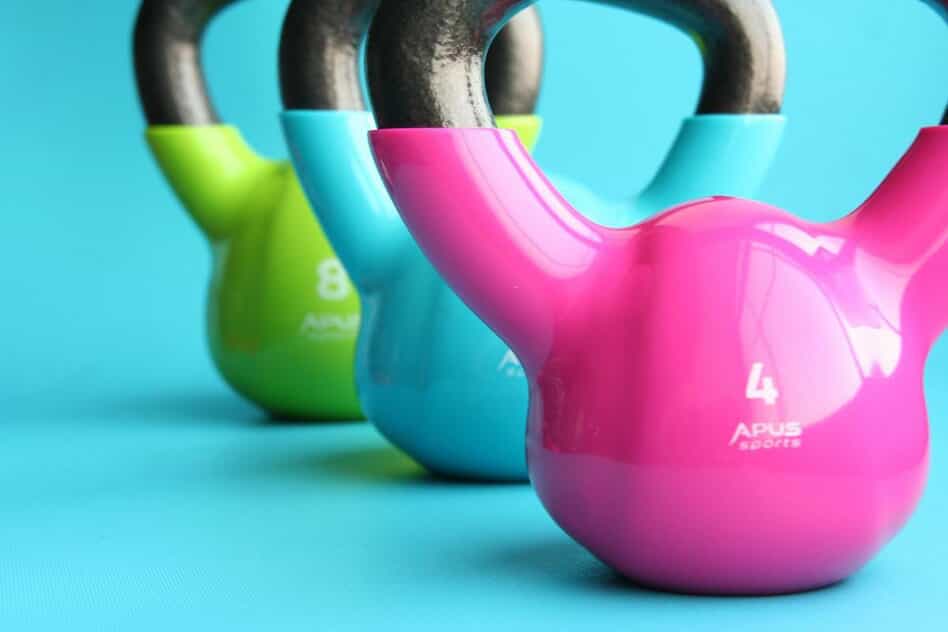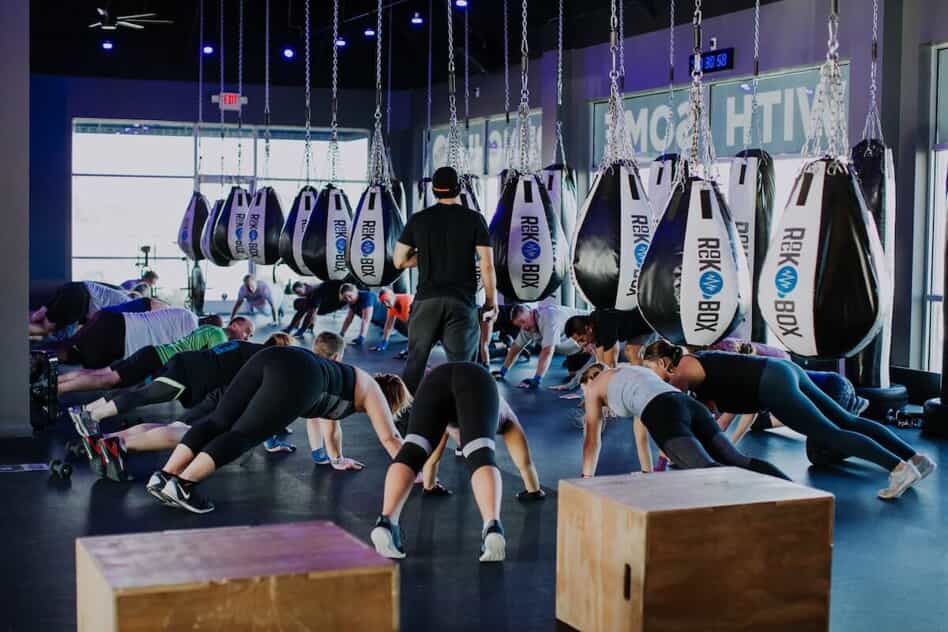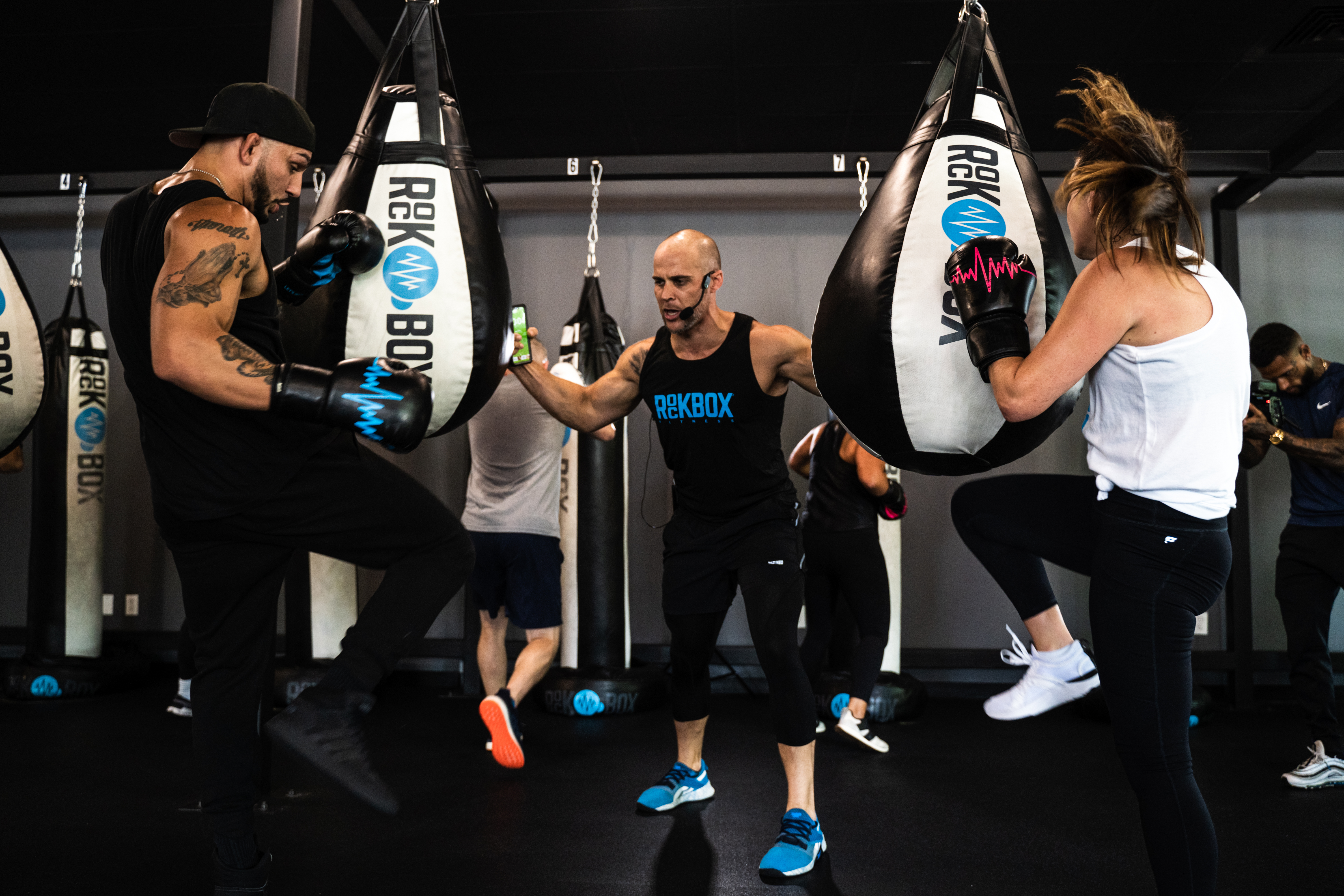Setting SMART Fitness Goals to See Growth
By: RockBox Fitness
There is a science to setting goals. The process requires you to be intentional, authentic, and understanding of time.
When it comes to fitness, setting goals is more than striving to look like someone you saw on Instagram or lifting a certain amount of weight. Smart fitness goals are relevant, attainable, and create opportunities for incremental growth.
It is through setting smart fitness goals that you set yourself up for success. Your health deserves this, so consider the following acronym as you create targets for your health and fitness journey. These concepts will help you to define the what, how, and when behind your goals, putting you on track to achieve real growth!
SMART:
S | SPECIFICITY
It can’t be said enough– your health and fitness goals need to be specific! If your goal is to go to the gym more, how much more do you mean? Are you going to aim to go 3 days a week or 6 days a week? What about a goal to eat healthily? Be specific– how do you define eating healthy and how do you plan to do so?
M | MEASURABLE
Your health and fitness goals also need to be measurable. This is easy if your goal is oriented around a standard fitness metric like weight or BMI. However, if your goal is simply to drink more water, there is no way to concretely measure whether or not you are meeting your goal. So, your goal to be more hydrated should instead be to drink 20 ounces of water before every meal. This offers both specific and measurable guidelines so that you can stay on top of your goals and track real progress.
A | ACTIONABLE
Your goals also need to be actionable. You can set a specific and measurable target for yourself, but it isn’t actionable, you will often lose proximity to the what and how behind your goal. For example, the goal to lift X amount of weight by a certain date is vague and not actionable. Instead, adapt this goal to include the number of times you will practice this lift per week and at how many reps. So, if my overarching objective is to chest press 35-pound dumbbells, my goal will be to do a 30-rep chest press circuit twice a week that uses incrementally heavier weights. This goal tells me what I am doing, how frequently I plan to do it, and at what level of intensity.
R | RELEVANCE
Quite naturally, humans are aspirational beings. We like to dream big, look far into the future, and dance with ideas that begin with “what if”. This way of thinking can have positive implications on your mental health and growth, however, can be quite toxic when it comes to setting health and fitness goals. You have to foster relevance when you set a target for your wellness. As you set goals, you need to be confident that your targets acknowledge the current state of your health and fitness, and that the level of commitment is relevant to your bandwidth.
T | TIMELINE
Similar to relevance, you need to be considerate of time when you set your health and fitness goals. We so often crave quick change. At the end of the day, good, sustainable change takes time. Be honest with yourself when you set your goals and attach them to a reasonable timeline. For example, losing 15 pounds should not be attached to a 3-week timeline. Acknowledge that 15 pounds is a significant amount of weight. This goal is intense and should be associated with a 2-month timeline.





